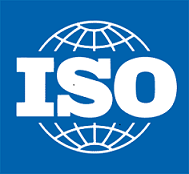A number of Resolve Group staff attended a recent presentation on Electric Vehicles (EVs) organised by ITS NZ at the UoA Business School. Discussions were held on the implications of a growing EV fleet on the way New Zealanders use roads and vehicles and how this may impact infrastructure and ITS systems.
Electric Vehicles (EVs) have the potential to make roads and private mobility much more sustainable, reducing carbon emissions and noise pollution. The number of EVs in New Zealand recently surpassed 1000 vehicles, and is set rise dramatically, as are the number of charging points.
Elizabeth Yeoman, GM Transport at the Energy Efficiency and Conservation Authority (EECA), promoted New Zealand as the ideal place for EVs, and suggested there are opportunities for New Zealand innovators to create complimentary technology. She presented data that showed that over a lifetime (including manufacture and disposal), while there is no significant difference in toxicity or resource depletion between EVs and internal combustion vehicles, there are some very significant other upsides: EVs produce 60% less CO2; they use 40% less energy, 50% less photochemical matter, and produce zero tailpipe emissions.
Steve West, CEO of Charge Net, a company installing charging stations for electric cars throughout the country, is already taking up the EECA challenge, and talked of the role complimentary infrastructure had in inspiring the uptake of EVs. With a plan to have over 100 stations across the country within three years, Charge Net cover installation costs and supply kit. They set up agreements with private organisations for use of land etc., and recover costs from users.
In combination with the improvement in capability of driverless cars, and the gradual uptake of shared vehicles and car sharing services, EVs are seen as a key element in reducing energy usage across the country.




